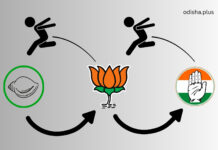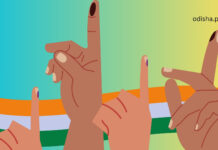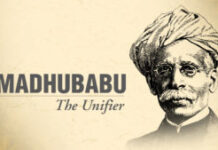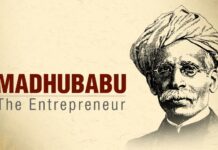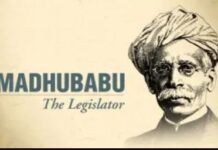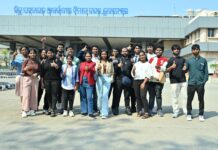Aishwarya Samanta
It’s difficult to think about a lawmaker who has held the three most significant positions of government – finance, defence and external affairs – chaired the Planning Commission and worked intimately with three generations of the Gandhi family.
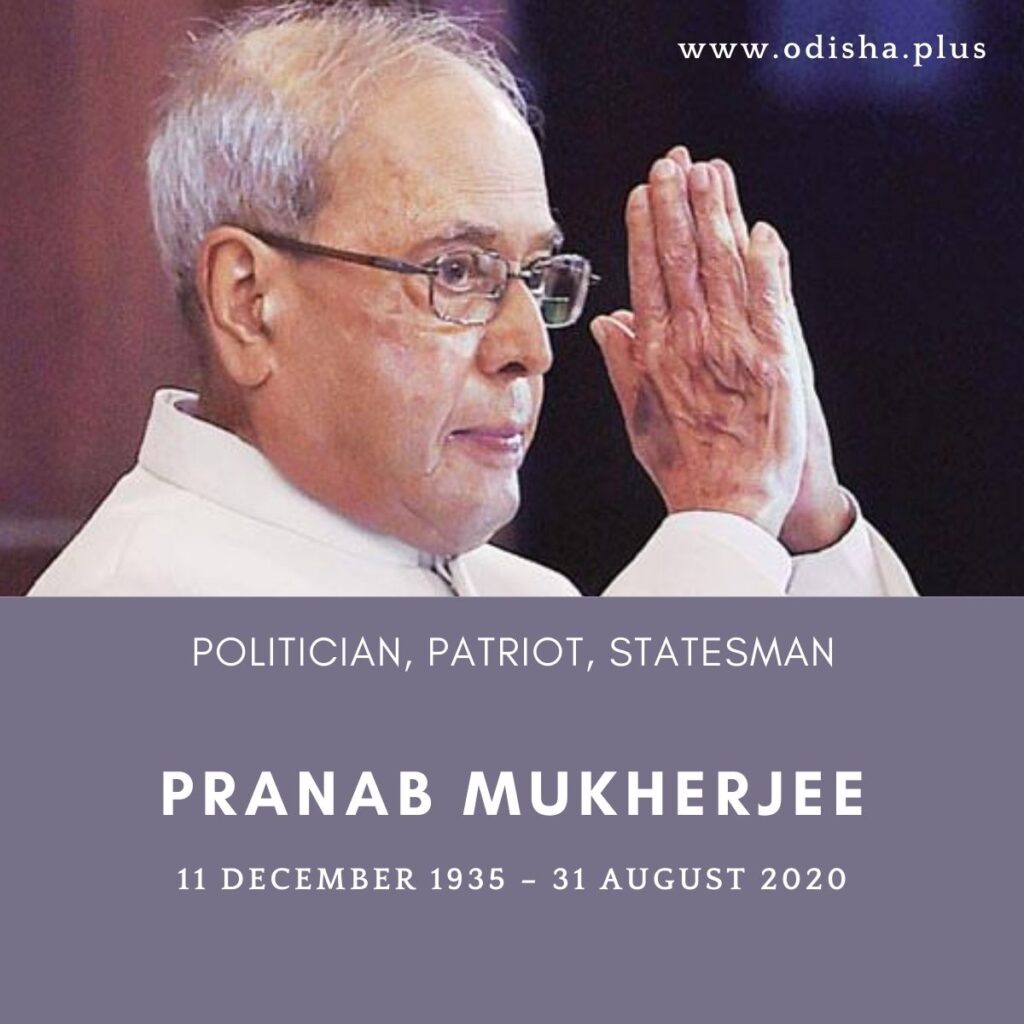
Former President, Pranab Mukherjee breathed his last on August 31, deserting a rich patrimony, endless companions across political parties and a journal—that depicts the journey of his life from a uninspiring town in Bengal to a sole owner of bureaucratic influence. He held ten ministerial posts, consented to notable agreements- GATT and Indo-US Nuclear treaty, emerged as a moral support for the atleast three Congress Presidents and a dependable source for numerous Prime Ministers. As the President, Pranab Mukherjee had a vantage perspective on governmental issues from Rashtrapati Bhavan.
Hurdles dare not stop his persistence for education
Mukherjee was born in Mirati, a small village in undivided Bengal on December 11, 1935. Mukherjee’s father, Kamada Kinkar Mukherjee, who was actively involved in with India’s stuggle for freedom, served in the West Bengal Legislative Council during 1952-1964 from Congress. He was also a part of the All India Congress Committee. Pranab’s early days of education did not go smooth. He used to walk miles to reach school. But he persistently sought after educating himself. For him, India’s Independence in 1947 implied basic dreams; a footbridge over the bridge he crossed to reach school and better food.
By 1963, with degrees in political science and history (a Masters) and law, Mukherjee was taught political science at Vidyanagar College and Howrah Chaitanya College in West Bengal. The little youngster from Mirati may have thought he had shown up – however in truth, he was simply endeavouring his new start.
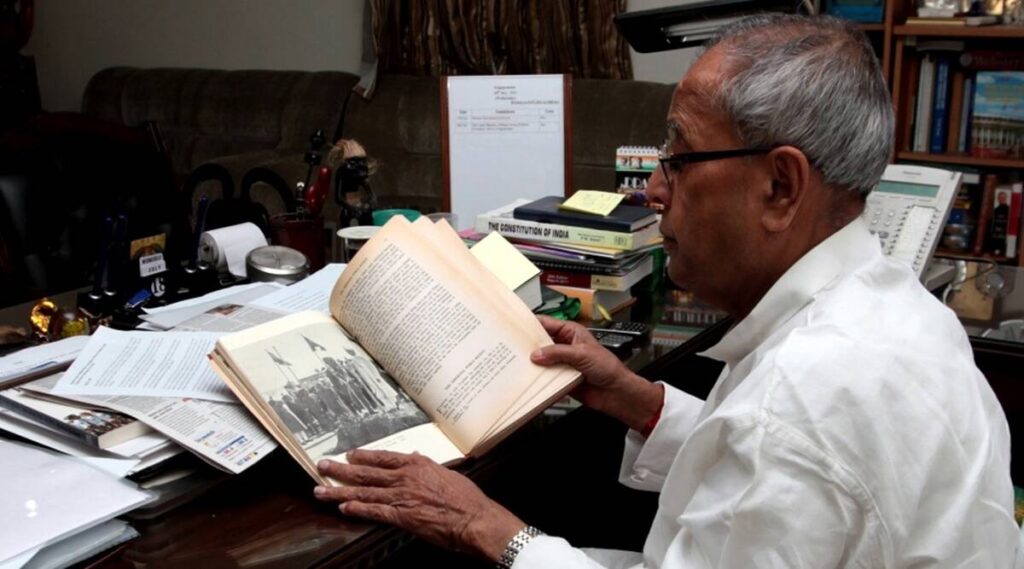
Steps into active politics, emerges as aide of V K Krishna Menon and Indira Gandhi
In 1969, he came in close association with V K Krishna Menon’s run in the Midnapore Lok Sabha Constituency. In the same year, Bangla Congress, a provincial branch of the Indira Gandhi-led Congress, sent him to the Rajya Sabha (after two years, it merged with the Congress party). He had four additional terms in the Rajya Sabha (1975, 1981, 1993, and 1999). Pranab won the 2004 Lok Sabha political election in Jangipur. He held his seat in 2009 and after a brief period of three years, he went on to become the President of India. His first PM was Indira Gandhi where he a junior minister in the 1973 cabinet. In 1982, he rose to become the Finance Minister.
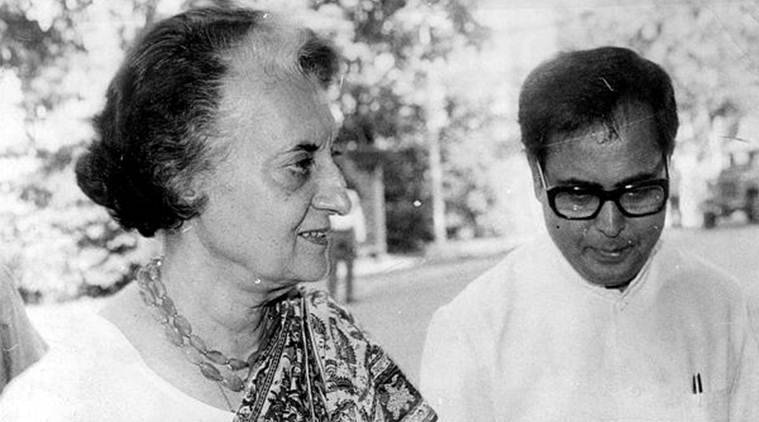
He was a vital participant in the political arena, but took a brief break from 1984 to 1989, when he was side lined by the late Rajiv Gandhi, who considered Mukherjee an opponent for the PM’s post after Indira Gandhi’s assassination. After the death of Indira Gandhi in 1984, Mukherjee left Congress party for almost five years. Mukherjee proceeded to shape his own political group, the Rashtriya Samajwadi Congress however returned when Rajiv Gandhi welcomed him back and consolidated his newly formed party with the Congress in 1989.
Mastermind behind India’s accession to the WTO
Jairam Ramesh’s semi-self-portraying book “To the Brink and Back” describes how Mukherjee arranged a draft guide of the new government and its financial needs in 1991 before P V Narasimha Rao became the Prime Minister. Mukherjee was the master mind behind India’s accession to the WTO in January 1995. While the possibilities of India reaching out to an inclusive multilateral exchange system met with solid domestic opposition, Mukherjee persuaded Rao and later consented to the WTO Trade Arrangement. What’s more, after a year, when Rao required a Delhi inhabitant to help his bail application, Mukherjee’s wife who claimed a house in GK 2 signed the reports in the police headquarters.
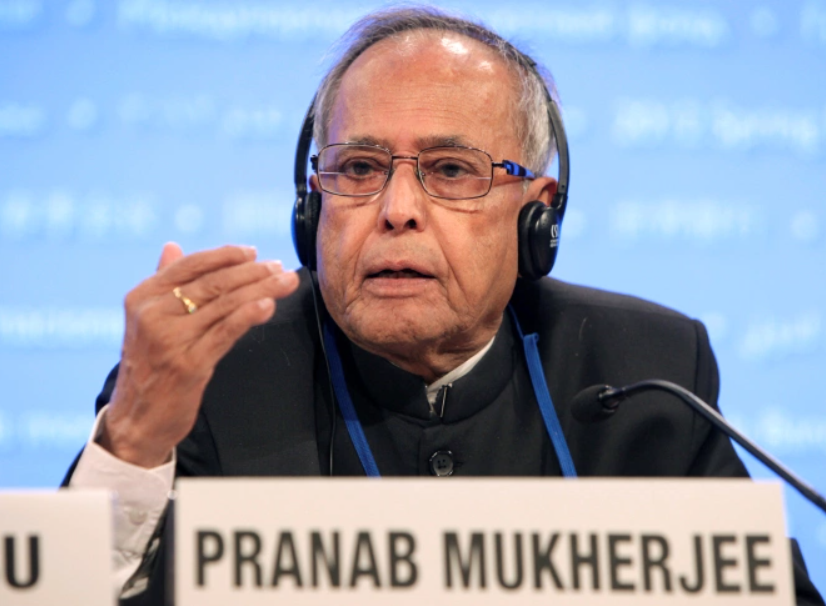
Pranab’s rapport with Former Prime Minister Manmohan Singh
Mukherjee’s relationship with Manmohan Singh was maybe the most intricate. Having served under Mukherjee in different limits, Singh at first kept on calling his previous boss “sir”, a lot to the former’s uneasiness. At last, when Mukherjee reported it was illogical to be tended to as sir, Singh turned to Pranab ji while the resolved Bengali called him Dr. Singh.
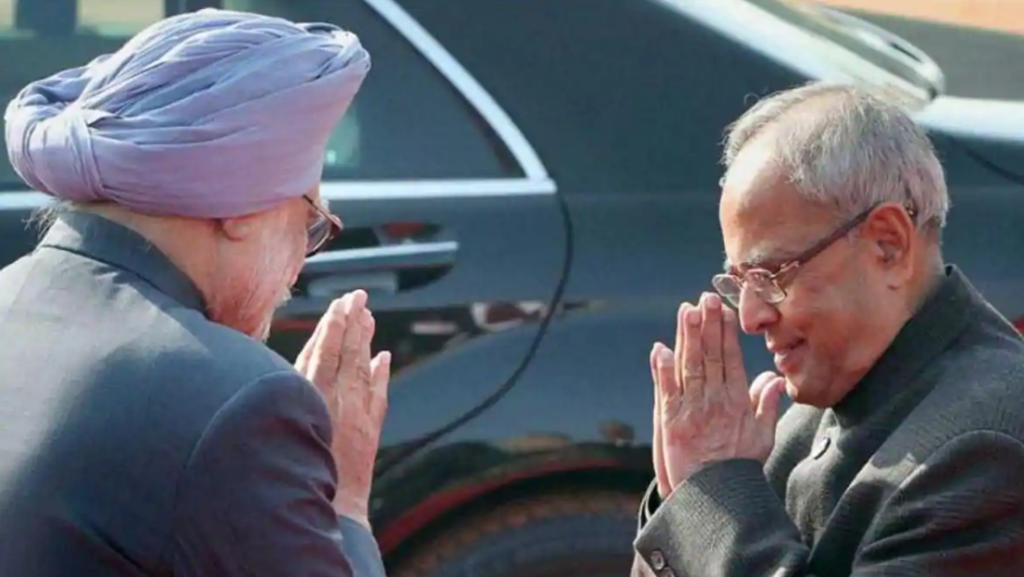
Mukherjee buckled down under Singh, however like most members from the UPA cabinet, his devotion was inclined towards Sonia Gandhi. Mukherjee delighted in unbridled force, led the defence, finance and external affairs ministries, headed lot more than 100 groups of ministers, (GoMs). Pranab was always vocal about his policy making decision, be it the creation of an anti-corruption ombudsman or the stimulus package in 2008 that help India tackle the wrath of an economic ruin.
Congress in spat over his presidential candidature
2007 saw the efforts to make Pranab the President of India. The Congress had the names of Mukherjee, Shivraj Patil and Sushil Kumar Shinde as presidential candidates. But the Congress party was in no mood to let go of its veteran leader since it failed to find replacement for Mukherjee. In 2012, the possibility came back once again. Sonia Gandhi, the Congress party president had little alternative yet to back Mukherjee as any other opponent would have implied a challenge.
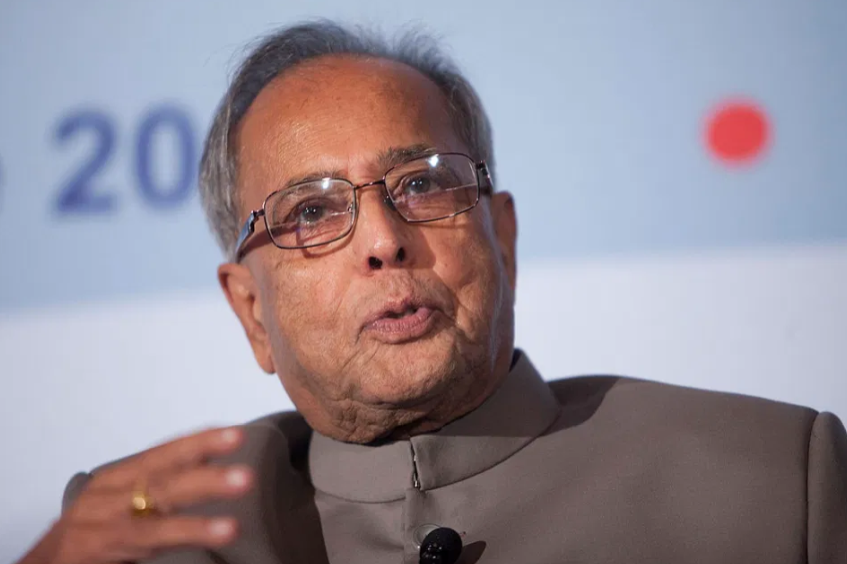
Narendra Modi’s version of Pranab Da
Pranab Mukherjee went to Rashtrapati Bhavan marking an end to active political career. Soon, his bonds with Prime Minister Narendra Modi grew in a blink of an eye. The President frequently advised the PM on international concerns and different issues.
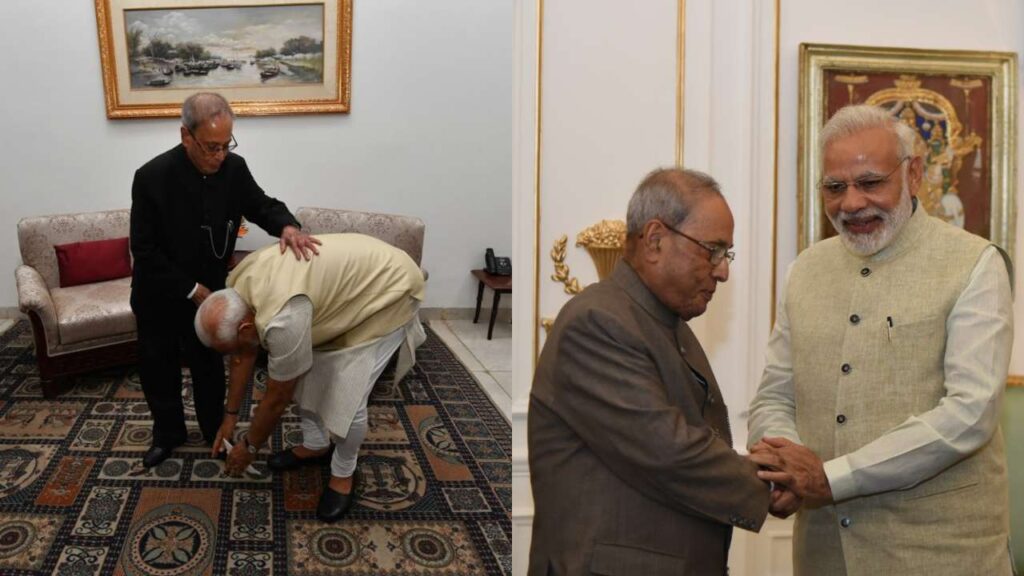
PM Modi has openly recognized Mukherjee’s commitments saying, “he held my hand in my initial days in Delhi.” The condition didn’t change in Mukherjee’s post-retirement life. Many senior NDA leaders lined up at Rajaji Marg for his insight.
I was new to Delhi in 2014. From Day 1, I was blessed to have the guidance, support and blessings of Shri Pranab Mukherjee. I will always cherish my interactions with him. Condolences to his family, friends, admirers and supporters across India. Om Shanti. pic.twitter.com/cz9eqd4sDZ
— Narendra Modi (@narendramodi) August 31, 2020
Best 3: Pranab Mukherjee’s decisions that shaped India’s policy making strategy
- Mukherjee is associated with regulating the alteration of India’s Income Tax Act reflectively and marking the 10-year protection organization settlement with the US during this time. One key decision made by the finance ministry during Mukherjee’s tenure that stood out as truly newsworthy was altering India’s Income Tax Act reflectively to tame MNCs that earlier bought Indian companies without paying capital gains tax here. This was a significant decision in India’s battle against MNCs that avoided taxes. In January 2012, the Supreme Court decided that Vodafone Group Plc’s $11 billion deal in buying the Hutchison Essar Ltd.— later renamed Vodafone India Ltd—was not taxable in India. In the Finance Act that year, Mukherjee tried to amend the law to explain that such arrangements have consistently been available in India regardless of whether executed abroad. The expense debate in the long run went into global assertion.
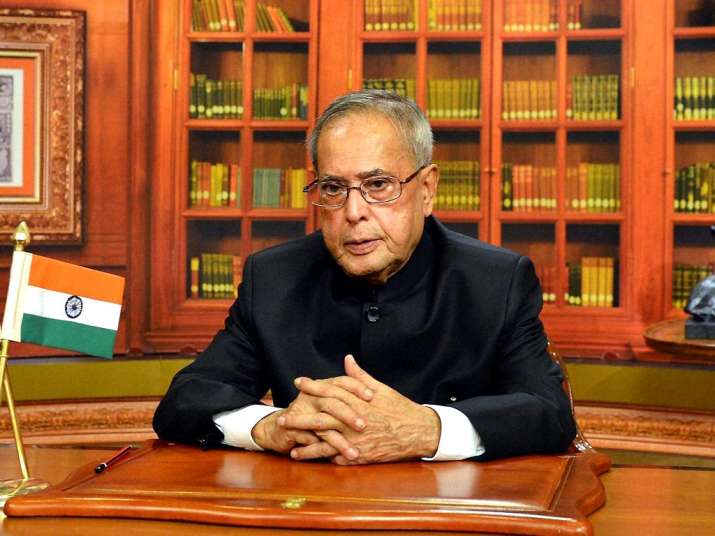
- In 2005, when Pranab Mukherjee was the defence minister of India, he signed the 10-year defence partnership pact with then US secretary of defence Donald Rumsfeld during a visit to the US. The pact marked a change in the trajectory of India-US defence ties. The pact that was unheard of in the decades prior to that allowed for defence trade to take off between the two countries and laid the basis for technology collaboration.
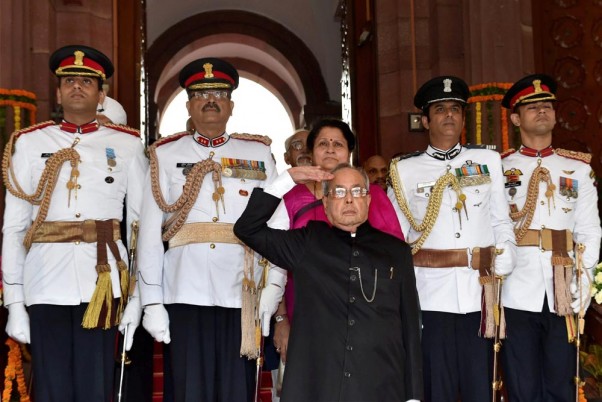
- Pranab Mukherjee as the external affairs minister, chaired the heavy weight campaign of India against Pakistan and act of terrorism after the November 2008 attacks in Mumbai.
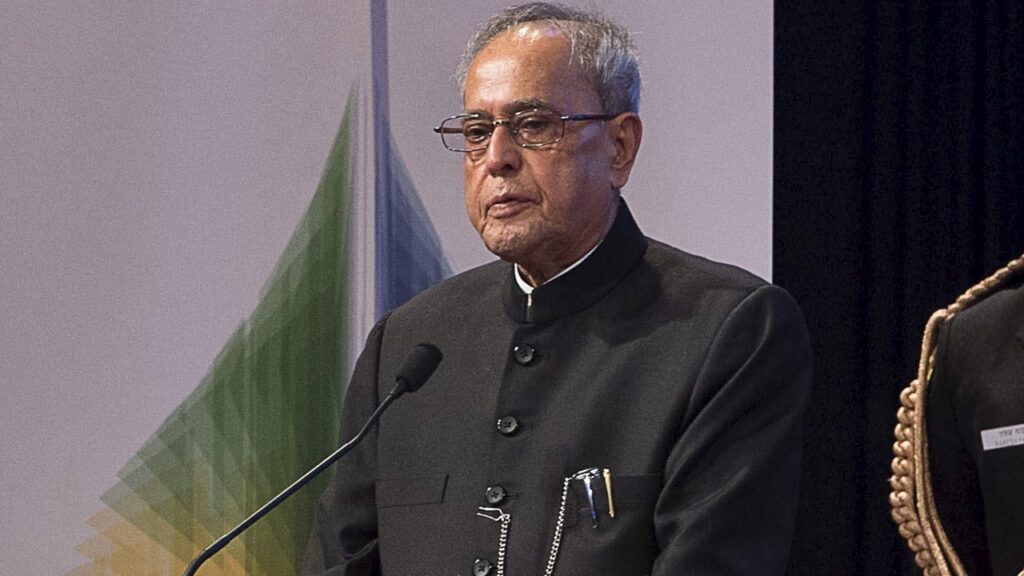
A gem irreplaceable for generations to come
Pranab Mukherjee didn’t inhale his last as a failure. He didn’t have any political godfather, yet he made it to the exceptionally top. From an ordinary man, he turned into a transcending figure of contemporary Indian political field. It’s been a long stroll from Mirati town to hallways of power in Delhi, or from his first declaration of triumph in Rajya Sabha in 1960s to the Bharat Ratna.
(The author is an alumnus of IIMC, Dhenkanal. Views are personal.)

